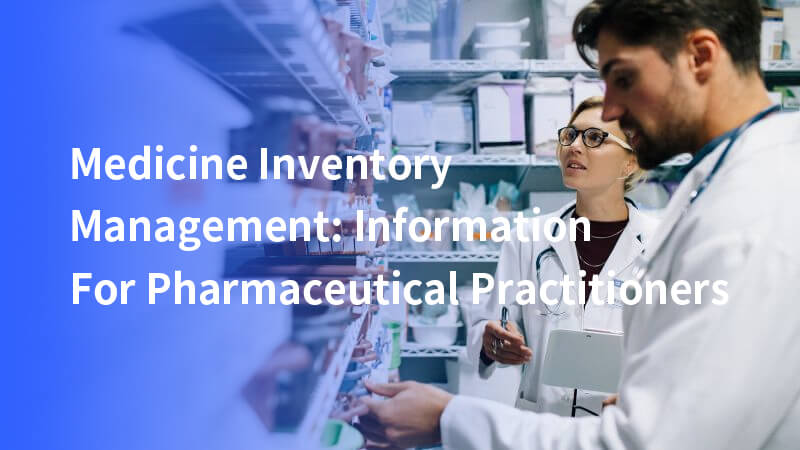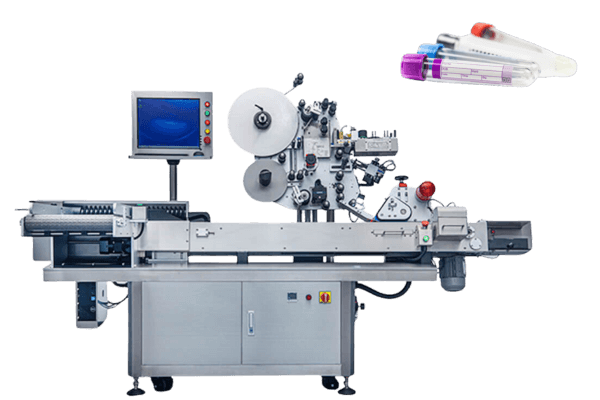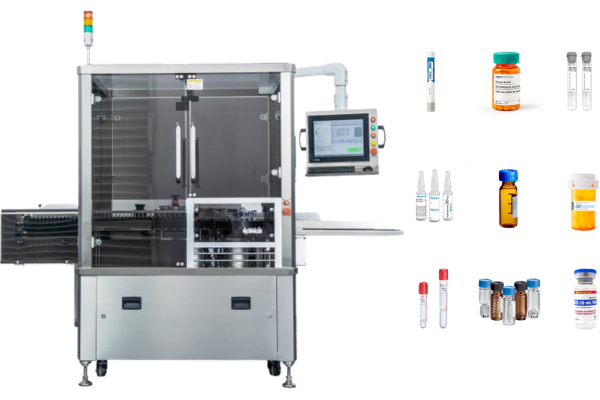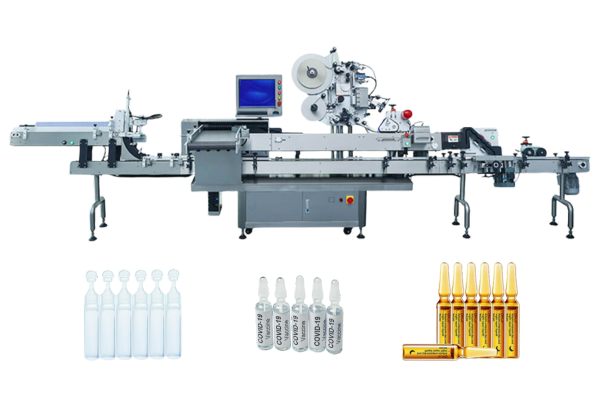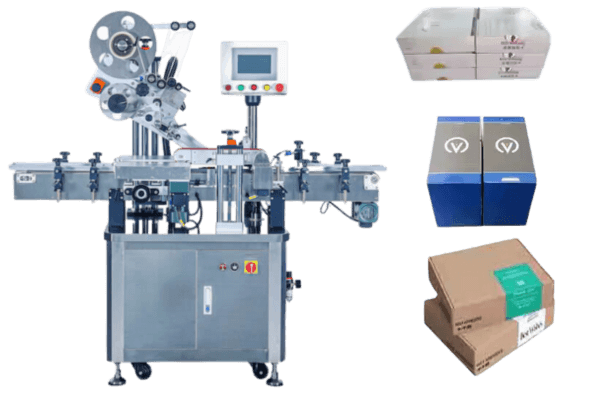Medicine inventory management remains a fundamental aspect of healthcare. As a pharmaceutical practitioner, I recognize that efficient pharmacy inventory management not only supports regulatory compliance and cost control but also ensures the availability of necessary medications for patient care.
This overview provides insights and practical advice on optimizing this crucial function in healthcare facilities.
Why is medical supplies inventory management important?
Medicine inventory management is crucial for ensuring the availability of necessary medications, supporting regulatory compliance, and controlling costs. Inventory control is essential for managing stock levels and minimizing losses from expired products. Effective management prevents stockouts and overstock situations, ensuring patients receive timely treatments.
Accurate inventory records and labeling also enhance traceability, reducing errors and potential misuse. By adopting advanced technologies, healthcare facilities can optimize their inventory processes, improve efficiency, and maintain high standards of patient care.
Inventory management process
Effective inventory management involves several key processes:
- Inventory records: Maintain detailed and accurate records of all stock items.
- Categorization: Sort inventory by type, usage rate, and other relevant criteria.
- Regular audits: Conduct scheduled and random checks to verify stock levels and conditions.
- Expiry management: Implement procedures for handling and disposing of expired medications.
- Safety stock levels: Establish minimum stock levels to guard against unexpected shortages.
- Utilizing inventory management software: Automate and optimize inventory processes.

Pharmacy inventory management software and technology
Advancements in technology have greatly enhanced the capability to manage inventories effectively. An automated inventory system pharmacy plays a crucial role in enhancing customer engagement through features like scheduling SMS reminders for medication replenishment and managing complex inventory tasks, especially for pharmacies with multiple outlets.
Pharmaceutical facilities commonly utilize Enterprise Resource Planning (ERP) systems to integrate all facets of inventory management. Centralized management is essential in streamlining operations across various products with complex characteristics, improving efficiency, reducing risks, and ensuring better tracking and replenishment of inventory within pharmacy chains and independent stores.
Barcoding and RFID technologies streamline the tracking and retrieval of stock, reducing errors and saving time. Automated storage and retrieval systems further improve efficiency, while data analytics help in forecasting and managing inventory levels more accurately.
The importance of labeling in inventory management
Labeling medicines correctly is essential for effective inventory management. Inventory reports play a crucial role in tracking medical supplies and informing reorder decisions, thereby enhancing operational effectiveness. It supports tracking and tracing efforts, ensuring that every item can be accounted for from arrival to dispensation. Accurate labeling significantly enhances inventory accuracy, reduces errors in dispensing, and helps meet stringent regulatory requirements.
Moreover, labels are vital in preventing counterfeiting and misuse, providing clear information on contents, usage, and expiry dates.
Viallabeller’s pharmaceutical labeling machines are an excellent choice among the many brands that offer not only well-built equipment but also a range of solutions, such as carton labeling solutions and pill bottle labeling solutions.

Challenges in inventory management and strategies for improvement
Managing pharmaceutical inventory presents several challenges:
- Overstocking and understocking: Balancing stock levels to avoid excessive inventory or shortages.
- Cost control: Managing costs associated with holding and handling stock.
- Emergency preparedness: Developing strategies to manage stocks during crises, such as pandemics.
- Transparency and traceability: Enhancing systems to improve visibility and tracking of inventory.
An effective inventory management solution can significantly improve operational efficiency and financial health by integrating with existing systems and providing ease of use.
Strategies to address these challenges include implementing robust forecasting tools, training staff in inventory management best practices, and adopting technologies that enhance visibility and efficiency.
Future trends and innovations in inventory management
The future of inventory management in the pharmaceutical sector is likely to be shaped by innovations such as the Internet of Things (IoT) and artificial intelligence (AI). Pharmacy inventory management software will play a crucial role in enhancing operational efficiency and patient satisfaction by offering features like stock re-order management, data integration with third-party software, and customizable solutions to meet specific pharmacy needs. These technologies promise to automate many aspects of inventory management, from forecasting to real-time tracking.
Sustainable practices are also becoming more prevalent, focusing on reducing waste and improving the environmental impact of inventory practices.

Conclusion
In conclusion, effective medicine inventory management is foundational to the operation of healthcare facilities. By embracing advanced technologies and systems, and continually refining inventory processes,
pharmaceutical practitioners can ensure that they meet the needs of their patients while adhering to regulatory standards and controlling costs. This is essential for the continued success and reliability of healthcare services.
